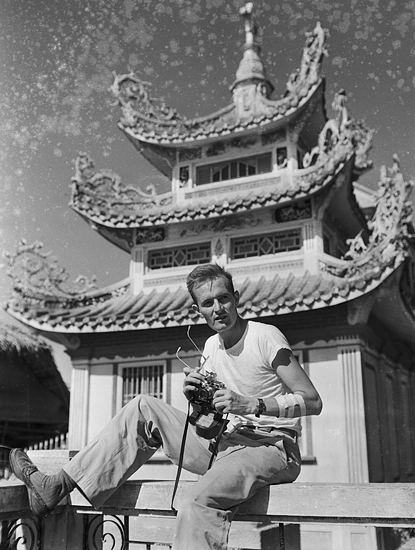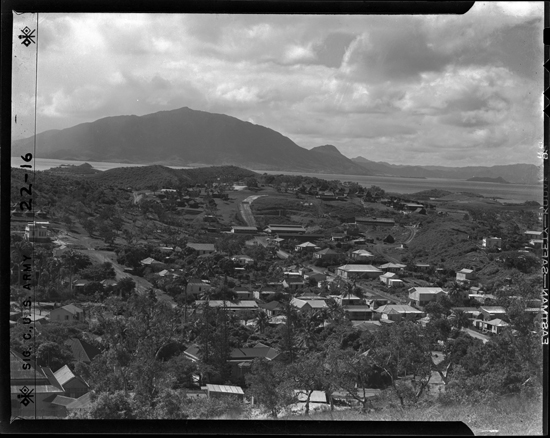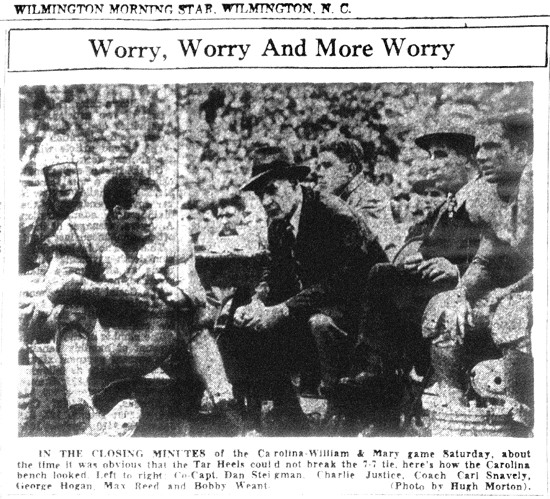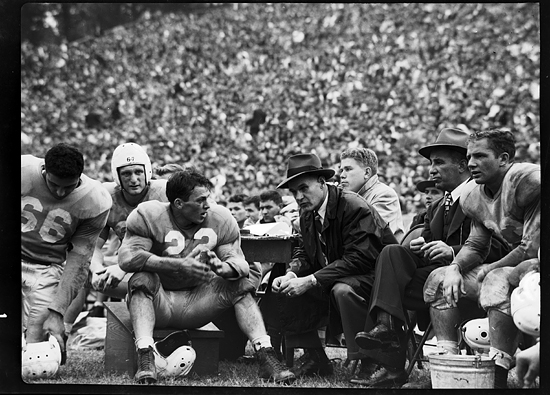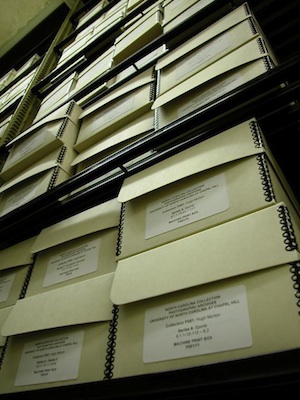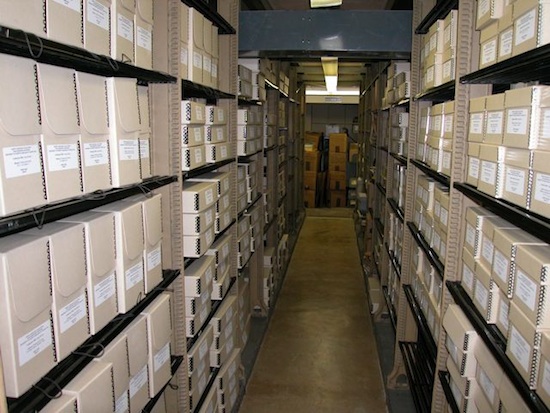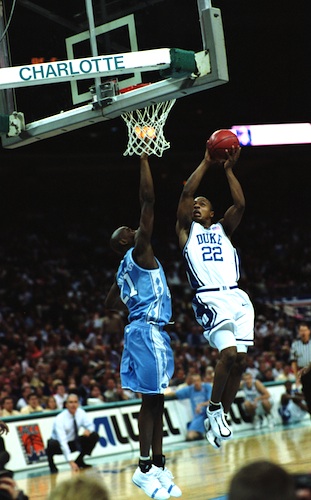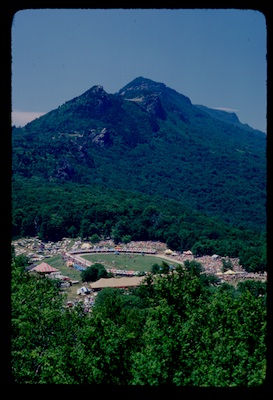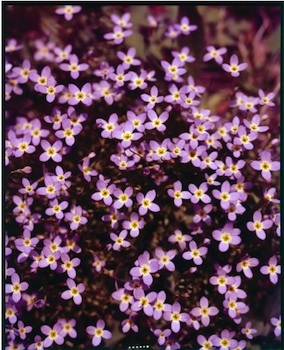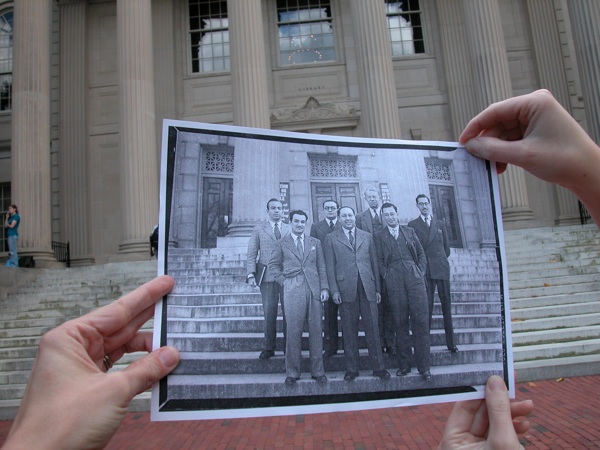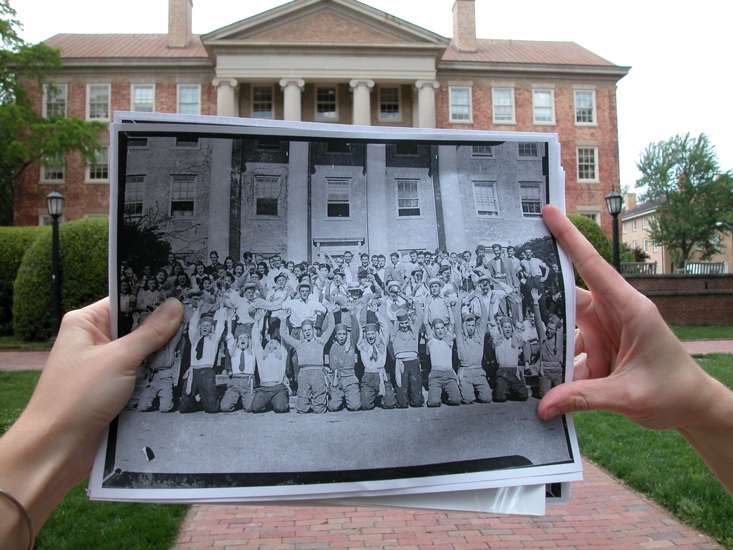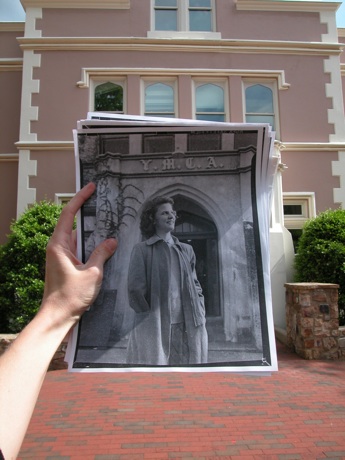
Today marks the debut of the third stylistic incarnation of A View to Hugh. I hope you like it! So what does this mean for you, our readers? Beyond just the different “look-and-feel” of this new WordPress theme, “Twenty Eleven,” (more on themes later), the updated style allows for different kinds of posts than our previous themes (first “Blue Zinfindel” followed by “Atahualpa”). I’ll be experimenting with these new features for future posts. If nothing else, the cleaner look will hopefully offer you a refreshing, easy-to-read experience. And while we had the capability before with the previous theme, I’ve categorized the links to other websites and blogs to make them easier to find and use. Also added are two icons for links to Facebook and Twitter to make it easier for you to share a post with your friends. All that, and there’s no change in the admission price. Please let me know what you think of the changes!
So why the change? In the spirit of a “Behind-the-Scenes” post, the answer is . . .
Side note: If “library talk” is less enjoyable to you than the sound of fingernails scraping a blackboard, now would be a great time to explore previous posts and leave a comment, read one of the great essays from last year (maybe the essay that includes today’s featured photograph) and start or contribute to a discussion, or explore the online collection of Hugh Morton images!
. . . With the growing desire by library staff members to create new blogs, the library’s IT (information technology) department has become increasingly confronted by the challenges associated with maintaining the corresponding growth in the number of different WordPress themes selected by staff to design their blogs. (Phew, that was a mouthful!)
WordPress is the software used by the UNC Library that makes these blogs possible. A WordPress theme is “a collection of files that work together to produce a graphical interface with an underlying, unifying design for a blog.
WordPress has a rigorous schedule for version updating. Every time WordPress releases a new version of its software, Library IT staff have to check each blog theme to be sure that it works properly, and then fix what was broken. That process was getting to be more and more cumbersome with each WordPress upgrade. The same held true when a theme creator updated a theme.
To make life simpler, Library IT initially thought that they might limit staff choices to just a handful of themes. They eventually concluded, however, that we could select one from any of the 114 free themes supported by WordPress.com (the “hosted” flavor of WordPress where your blog is maintained on its servers; the WordPress software available for downloading onto your own computer/server is obtained from www.wordpress.org.)
At first glance, supporting any number of those 114 themes may seem like even more work. The key to Library IT’s decision, however, is that (theoretically) by limiting our theme choice to one of those supported by WordPress.com, there is a greater likelihood that a particular theme’s code would also be updated so that it functions properly in conjunction with the underlying WordPress content management software upgrade—and thus function properly with minimal effort on our part.
So . . . if you are still following along, you may have deduced that our previous theme was not among the approved 114 themes. (There are hundreds, maybe thousands, of WordPress themes out there!)
To pick a theme that I thought would work for A View to Hugh, I used the WordPress Themes Showcase and filtered for “Art” and “Photography” and “Three-columns” . . . and didn’t see anything I liked. More browsing lead me to “Duster,” which I really liked. Seeing Duster made me think that using three-columns was not as important as it was when we began, because the nature of the blog has changed since processing the collection is now complete. The need for two side columns to hold all the links closer to the top of the screen just didn’t feel as compelling, and “expanding” to two columns would allow the photographs to be displayed a bit larger (35 pixels wider) and yet still feature the written word. A View to Hugh has always been about a dialogue between our writers, our audience, and the photographs, which is why we quickly discarded the notion of a “photoblog” in the early design stage back in 2007.
To wrap things up . . . a few days after settling on Duster, WordPress.com announced its new default theme for this year, Twenty Eleven, which they touted as an improved and enhanced version of Duster. We made the switch . . . and now you know why A View to Hugh met Twenty Eleven in 2011.

